Widgets in Windows 11 offer a convenient way to access personalized content like news and weather directly from your desktop. However, if you find them unnecessary or distracting, you might want to remove them entirely. This article outlines several methods to uninstall, disable, or hide Widgets in Windows 11, allowing you to customize your experience according to your preferences.
Uninstall Widgets on Windows 11
If you wish to completely remove the Widgets feature from your system, you can uninstall the Windows Web Experience Pack. This action will eliminate Widgets entirely, including the option from the taskbar settings.
Step 1: Open the Command Prompt or Windows PowerShell with administrative privileges. To do this, search for Cmd or PowerShell in the Start menu, then right-click and select Run as administrator. Alternatively, right-click the Start button and choose Terminal (Admin).
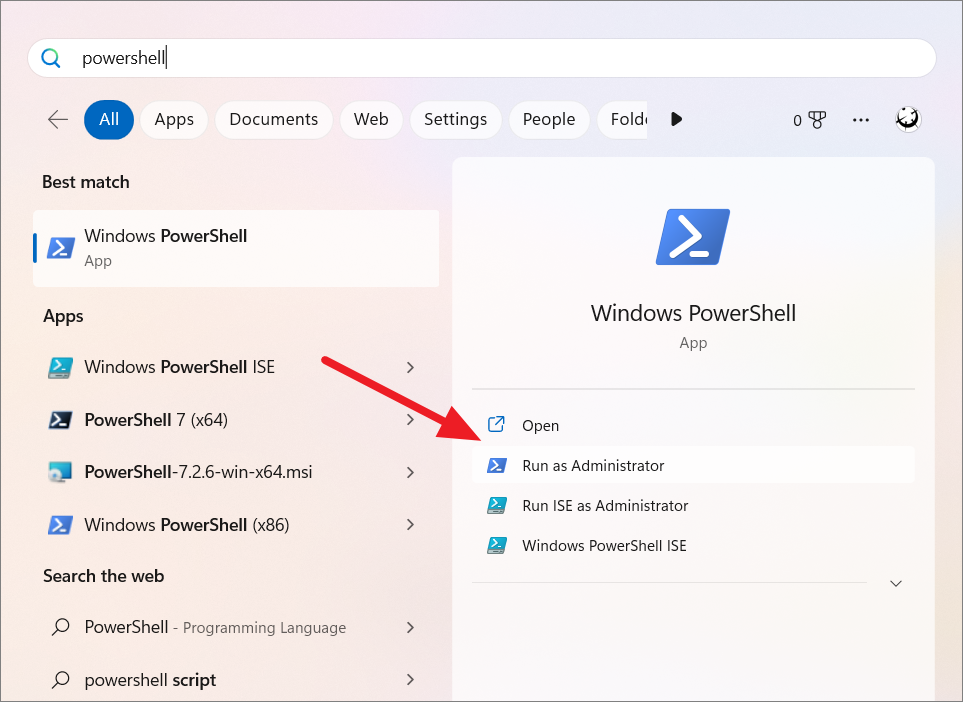
Step 2: If prompted by User Account Control, click Yes to allow changes.
Step 3: In the command window, type or paste the following command and press Enter:
winget uninstall "Windows web experience Pack"Step 4: If the Winget tool asks you to accept the source terms, type Y and press Enter to proceed.

The Winget tool will uninstall the MicrosoftWindows.Client.WebExperience_cw5n1h2txyewy package, effectively removing Widgets from your system.
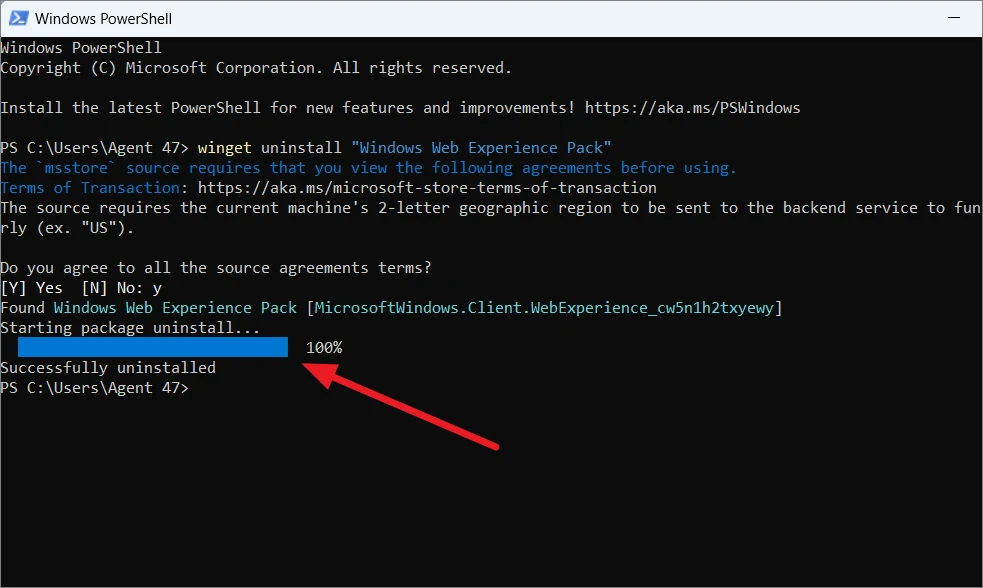
After completing these steps, Widgets will be completely uninstalled, and the feature will no longer be available on your computer.
Reinstall or Restore Widgets in Windows 11
If you decide to bring back the Widgets feature, you can reinstall the Windows Web Experience Pack via the Microsoft Store.
Step 1: Open a web browser and navigate to the Microsoft Web Experience Pack page.
Step 2: Click on the Get in Store app button.
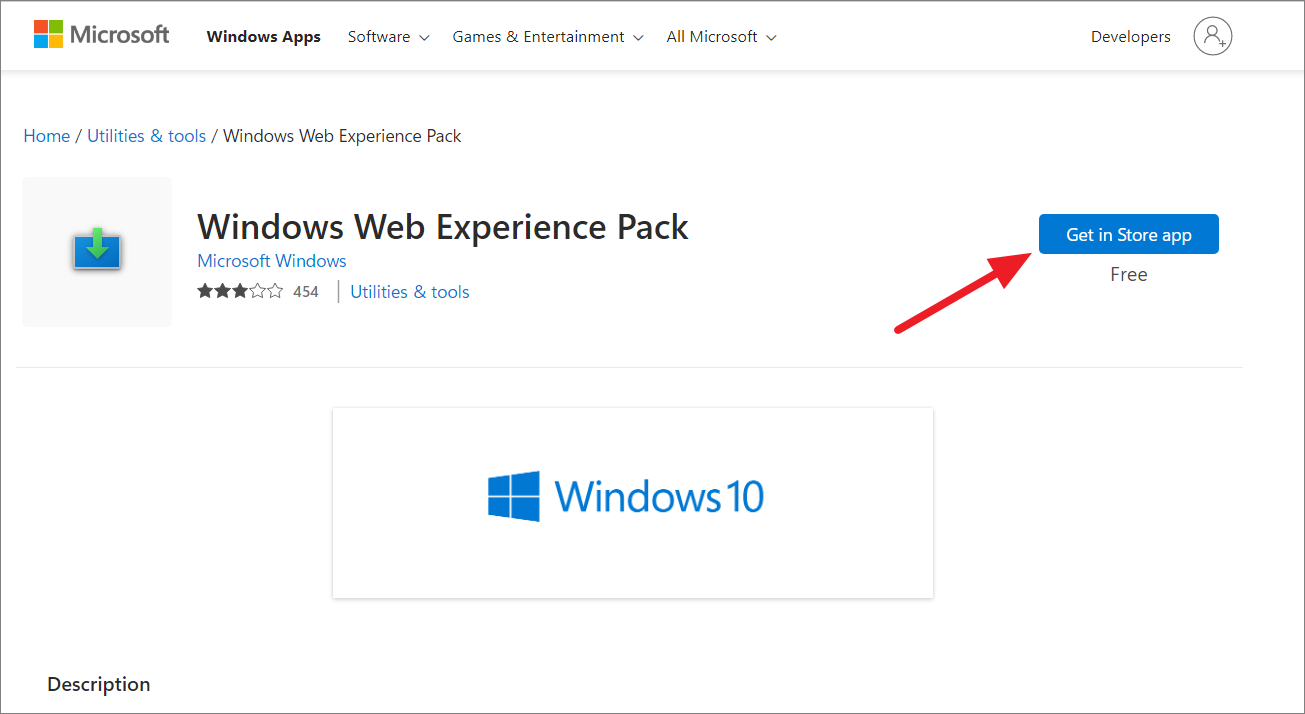
Step 3: A prompt will appear at the top of the page asking to open Microsoft Store. Click Open Microsoft Store.
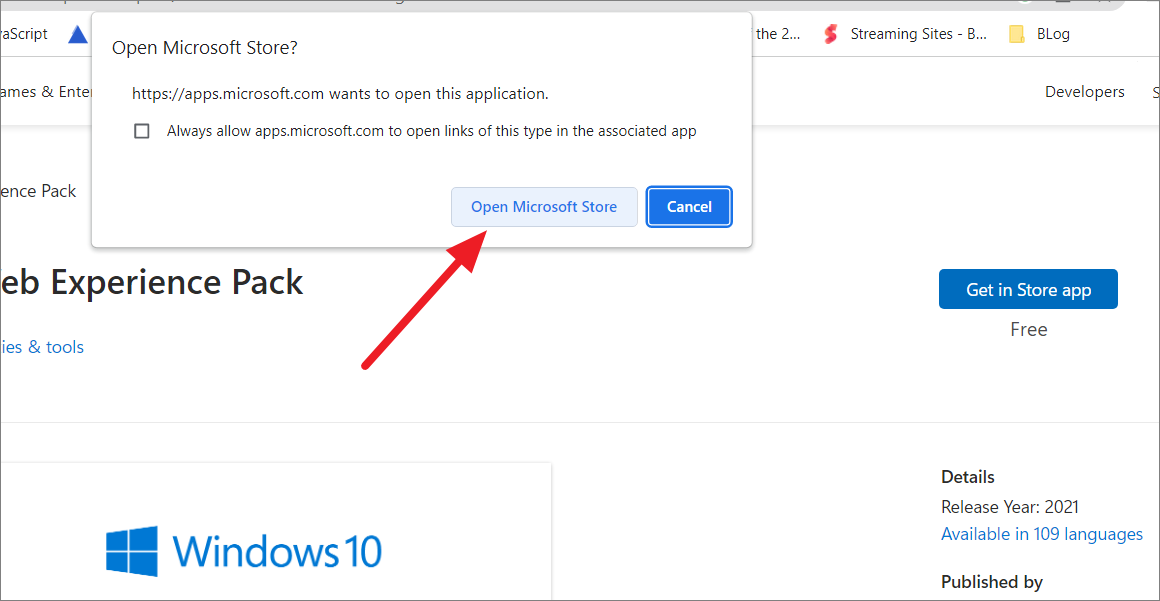
Step 4: In the Microsoft Store app, click the Get button to download and install the package.
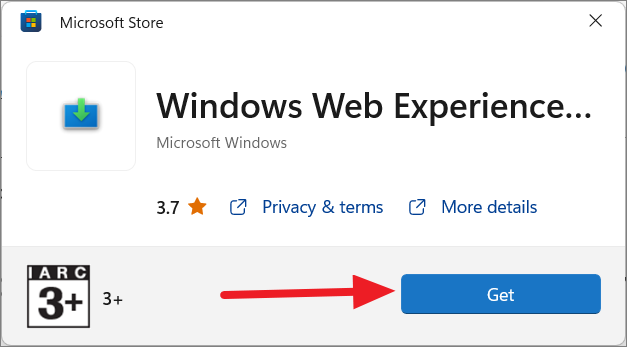
Once the installation is complete, the Widgets feature will be restored on your Windows 11 system.
Disable Widgets on Windows 11
If you prefer to disable Widgets rather than uninstalling them, you can do so using several methods, such as the Group Policy Editor, Registry Editor, or Command Prompt.
Disable Widgets Using the Group Policy Editor
For users running Windows 11 Pro or higher, the Group Policy Editor allows you to disable Widgets across all user accounts. Here's how:
Step 1: Open the Start menu, type gpedit.msc into the search bar, and press Enter to launch the Group Policy Editor. Alternatively, press Win + R, type gpedit.msc, and click OK.
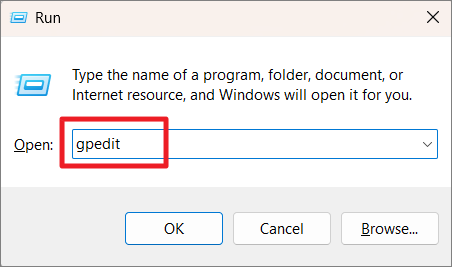
Step 2: In the Group Policy Editor, navigate to:
Computer Configuration > Administrative Templates > Windows Components > Widgets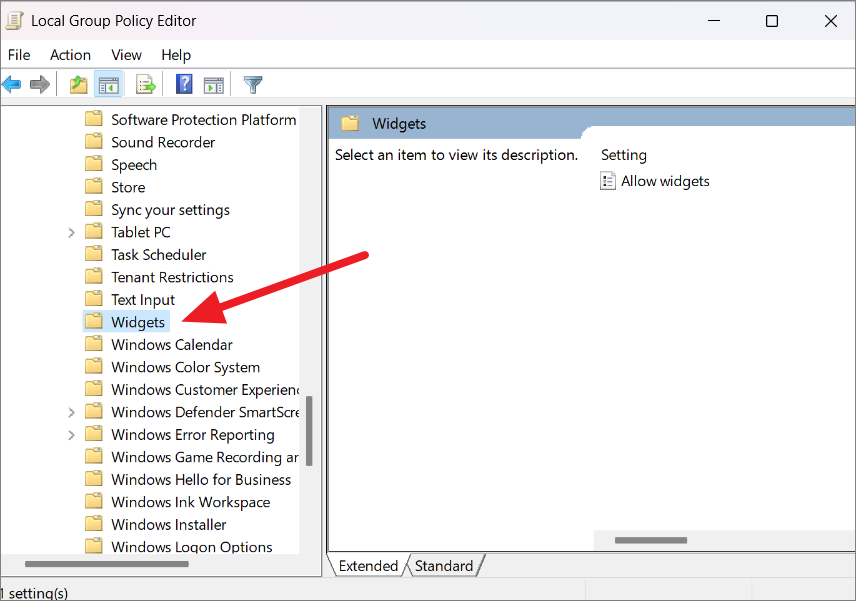
Step 3: On the right pane, double-click on the Allow widgets policy.
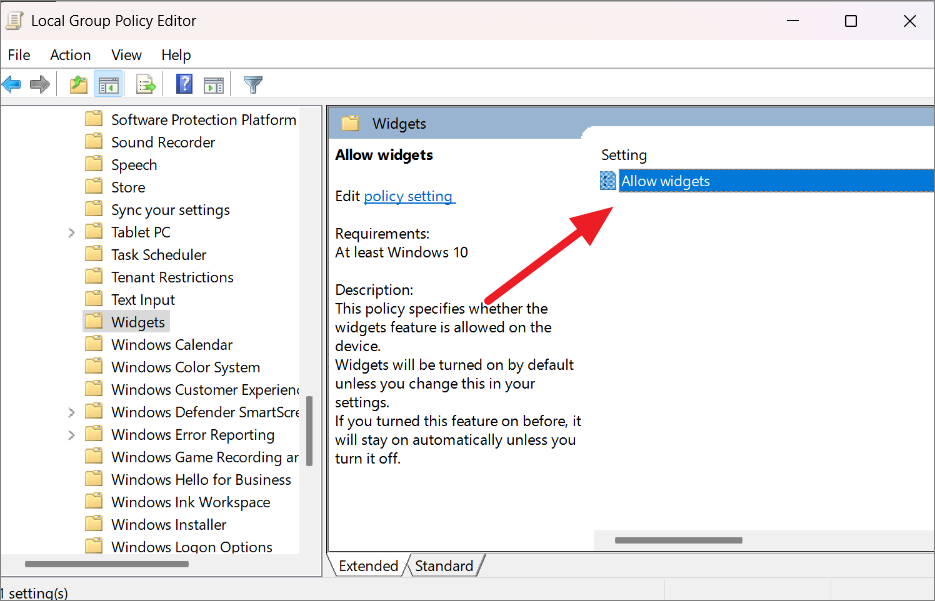
Step 4: Select the Disabled option, then click Apply and OK.
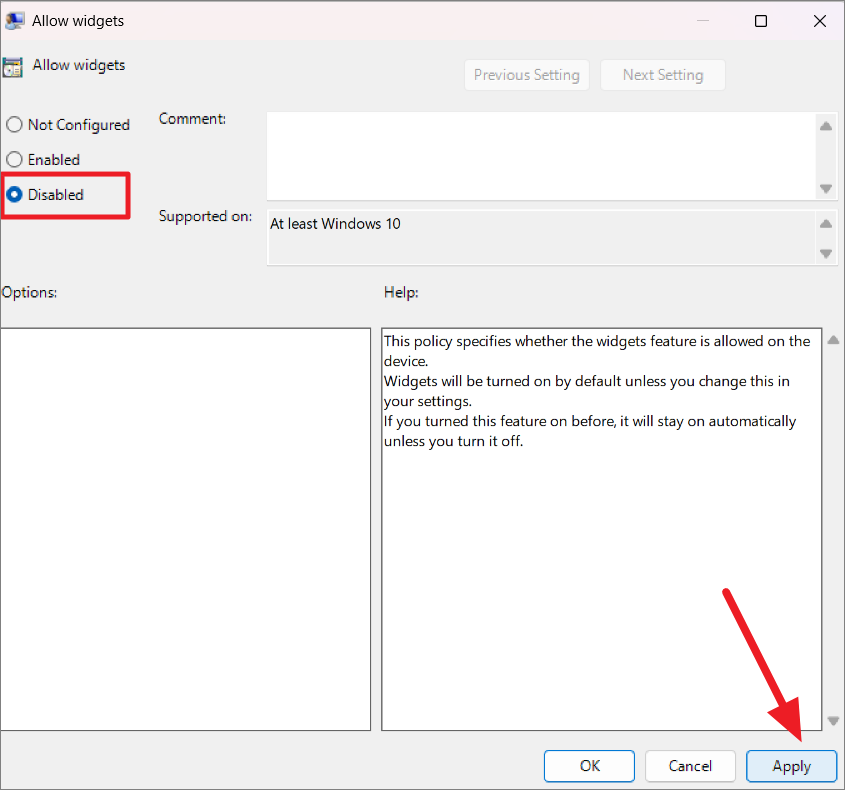
After restarting your computer, the Widgets feature will be disabled and removed from the taskbar. If you wish to re-enable Widgets later, return to the Allow widgets policy and set it to Not Configured or Enabled.
Disable Widgets on Windows 11 Using Registry Editor
If you're using Windows 11 Home edition or prefer to use the Registry Editor, follow these steps to disable Widgets:
Step 1: Press Win + R to open the Run dialog box. Type regedit and press Enter to open the Registry Editor. If prompted by User Account Control, click Yes.
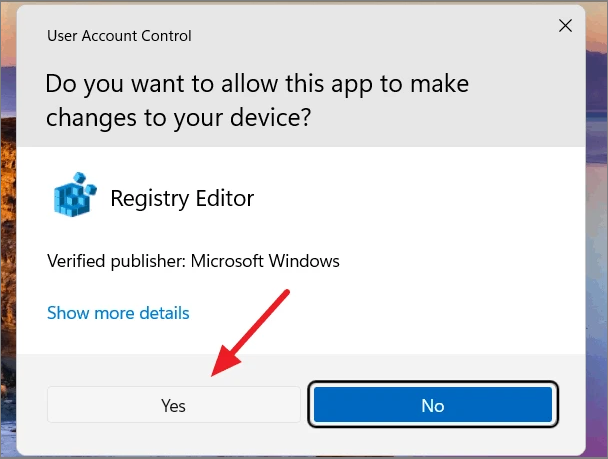
Step 2: It's recommended to back up your registry before making changes. Click on the File menu and select Export. Choose a safe location, enter a file name, ensure that All is selected under Export range, and click Save.
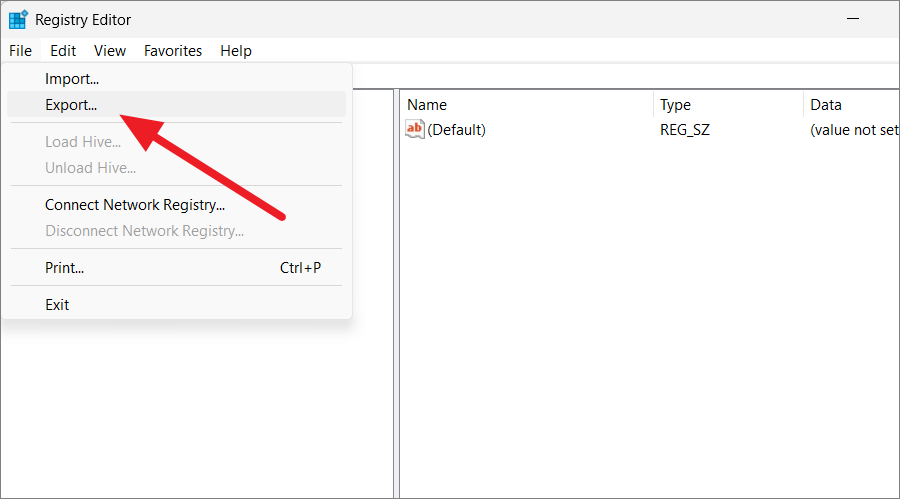
Method 1:
Step 3: Navigate to the following key:
HKEY_LOCAL_MACHINE\SOFTWARE\Policies\Microsoft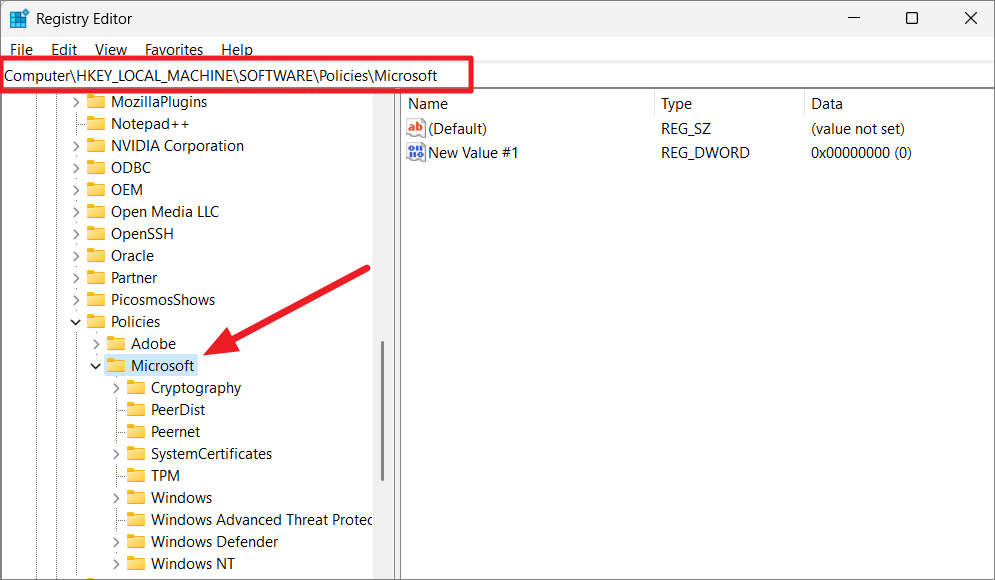
Step 4: Right-click on the Microsoft key in the left pane, select New, then click on Key.
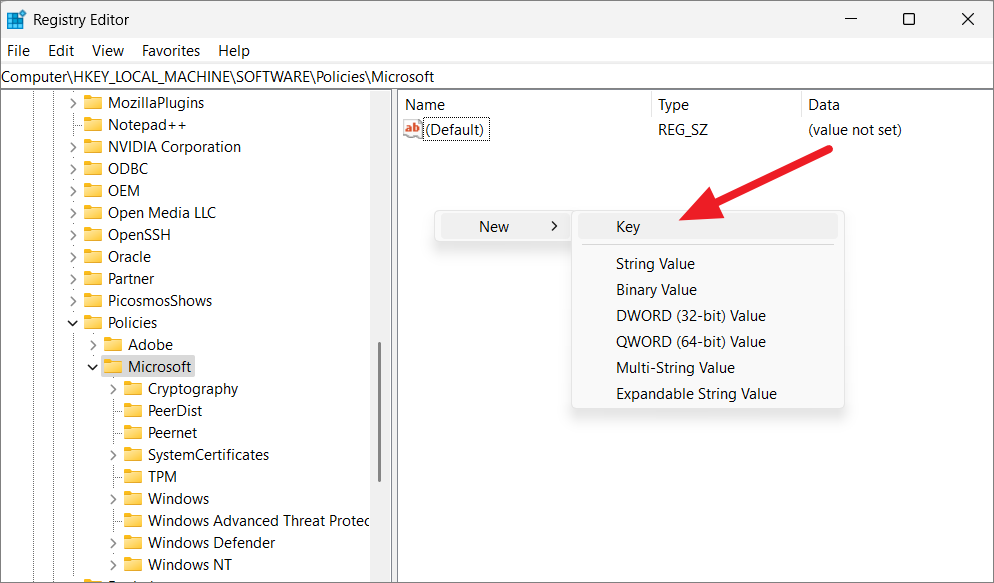
Step 5: Name the new key Dsh.
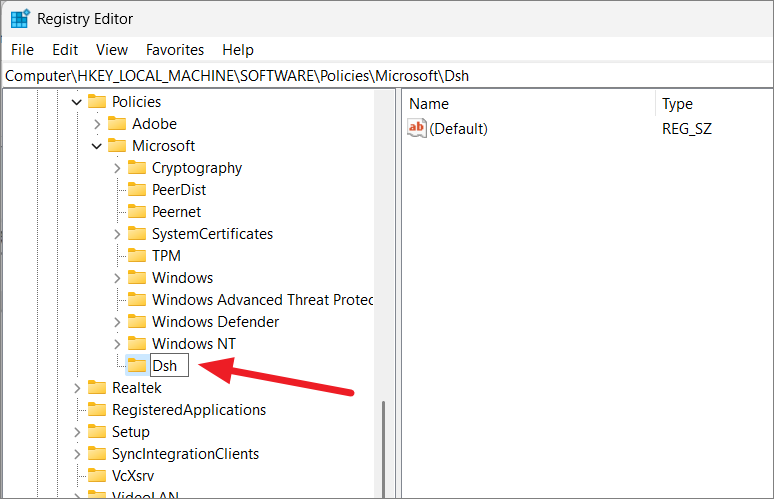
Step 6: With the Dsh key selected, right-click in the right pane, choose New, and select DWORD (32-bit) Value.
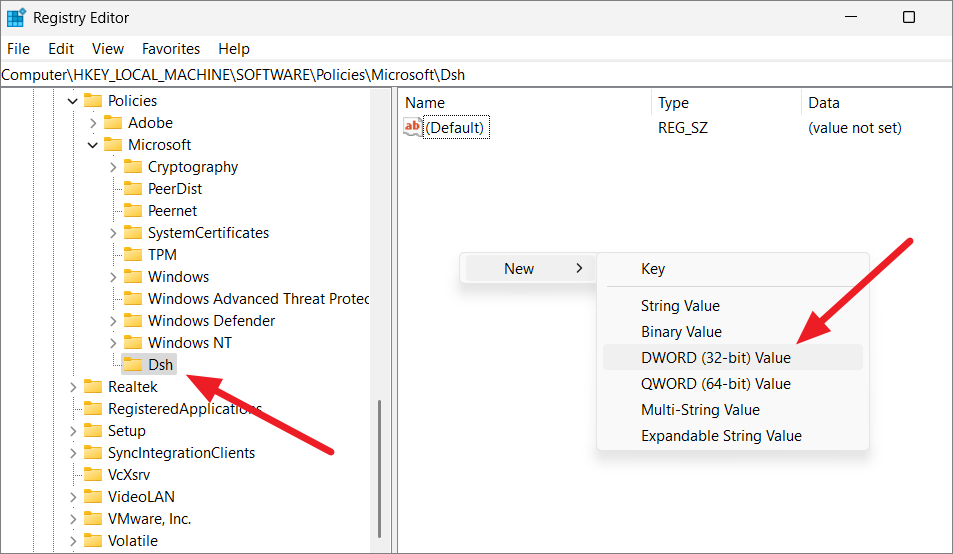
Step 7: Name this new DWORD value as AllowNewsAndInterests. Double-click on it, set the Value data to 0, and click OK.
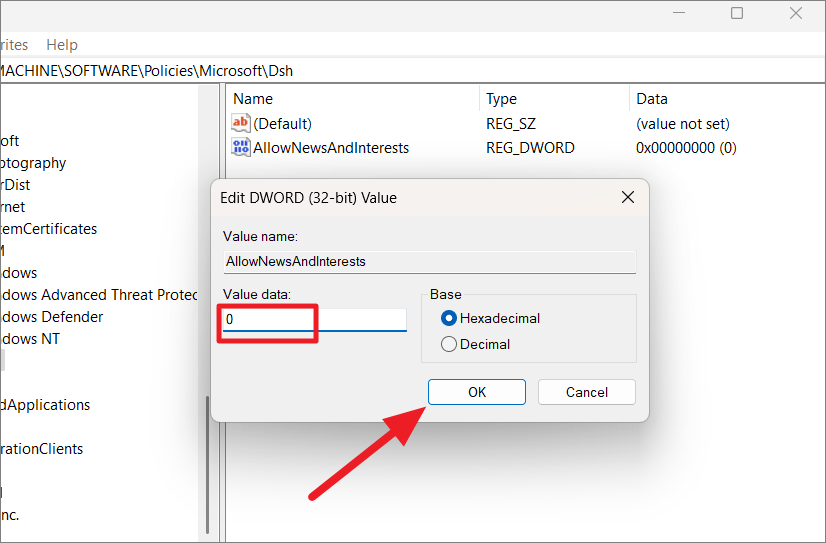
Step 8: Close the Registry Editor and restart your computer. Upon restarting, Widgets will be disabled.
Method 2:
Step 3: Navigate to the following key:
HKEY_CURRENT_USER\Software\Microsoft\Windows\CurrentVersion\Explorer\Advanced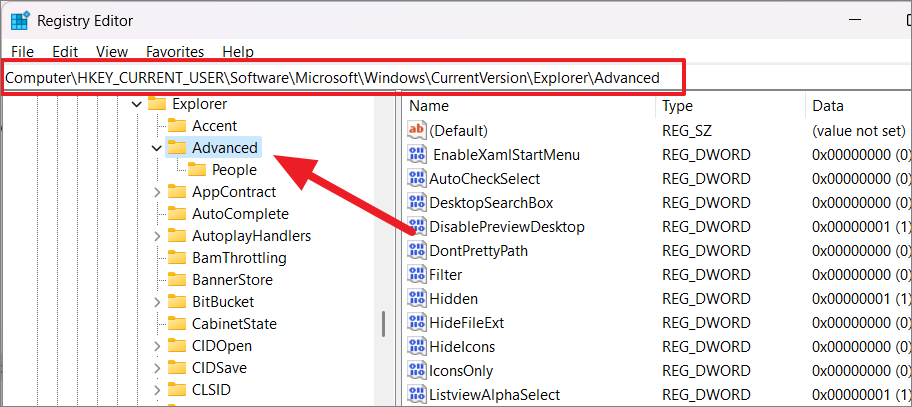
Step 4: Look for a DWORD value named TaskbarDa. If it doesn't exist, right-click in the right pane, select New, and choose DWORD (32-bit) Value. Name it TaskbarDa.
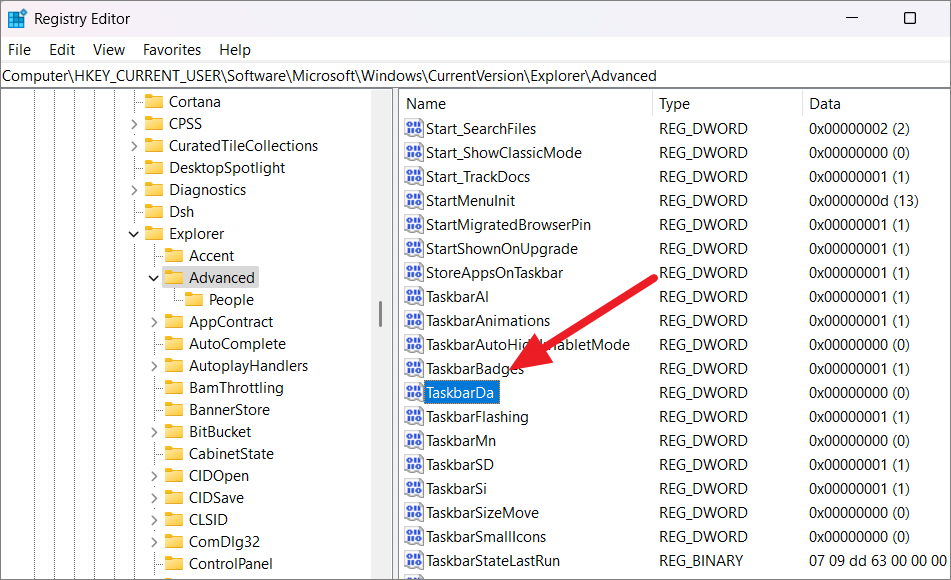
Step 5: Double-click on TaskbarDa, set the Value data to 0, and click OK.

Step 6: Close the Registry Editor and restart your PC to apply the changes. Widgets will now be disabled.
To re-enable Widgets, change the Value data of TaskbarDa back to 1 and restart your computer.
Disable Widgets Using Command Prompt or PowerShell
You can also disable Widgets using Command Prompt or PowerShell with administrative privileges.
Step 1: Open Command Prompt or PowerShell as an administrator. Search for Cmd or PowerShell, right-click, and select Run as administrator.
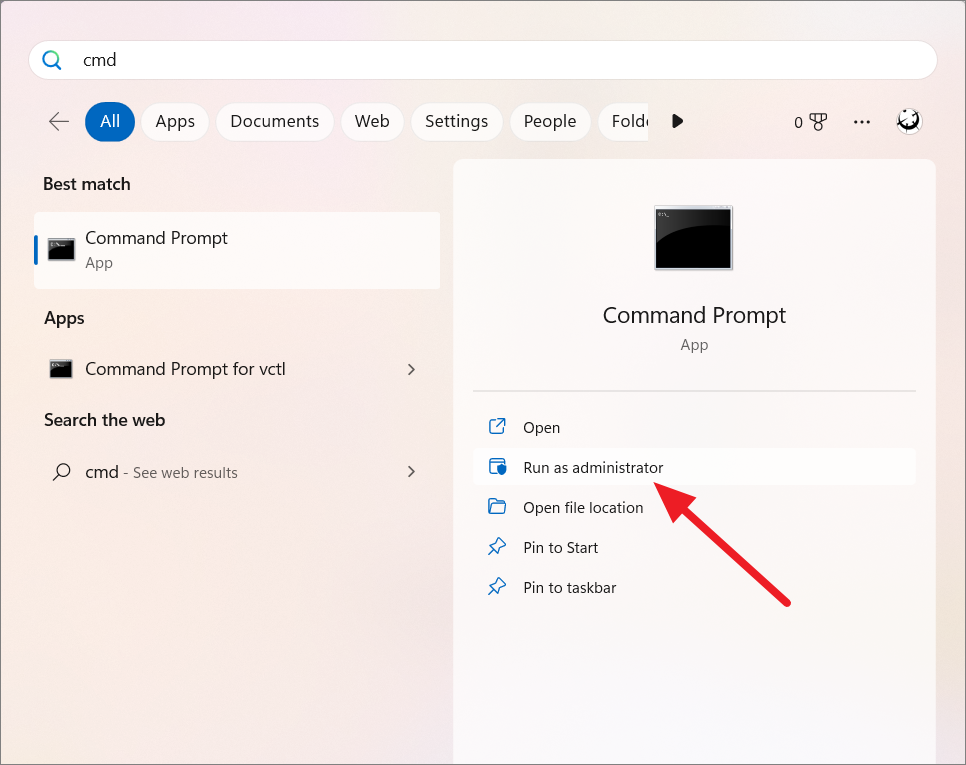
Step 2: In the command window, type or paste the following command and press Enter:
REG ADD "HKEY_CURRENT_USER\Software\Microsoft\Windows\CurrentVersion\Explorer\Advanced" /f /v TaskbarDa /t REG_DWORD /d 0Step 3: Restart your computer to apply the changes. Widgets will be disabled upon reboot.
To re-enable Widgets, use the command:
REG ADD "HKEY_CURRENT_USER\Software\Microsoft\Windows\CurrentVersion\Explorer\Advanced" /f /v TaskbarDa /t REG_DWORD /d 1Hide Widgets on Windows 11
If you simply want to hide Widgets to reduce distractions without disabling or uninstalling them, you can adjust your settings accordingly.
Hide Widgets from Taskbar Using Settings
Step 1: Right-click on an empty area of the taskbar and select Taskbar settings. Alternatively, open the Settings app, navigate to Personalization, and select Taskbar.
Step 2: In the Taskbar settings, locate the Taskbar items section. Turn off the toggle next to Widgets.
This will remove the Widgets icon from your taskbar. However, the Widgets feature will still be running in the background, and you can access it using the Win + W shortcut.
Hide Widgets on Hover on Windows 11
If you want to keep the Widgets icon on the taskbar but prevent the Widgets board from opening when you hover over it, follow these steps:
Step 1: Click on the Widgets icon in the taskbar or press Win + W to open the Widgets board.
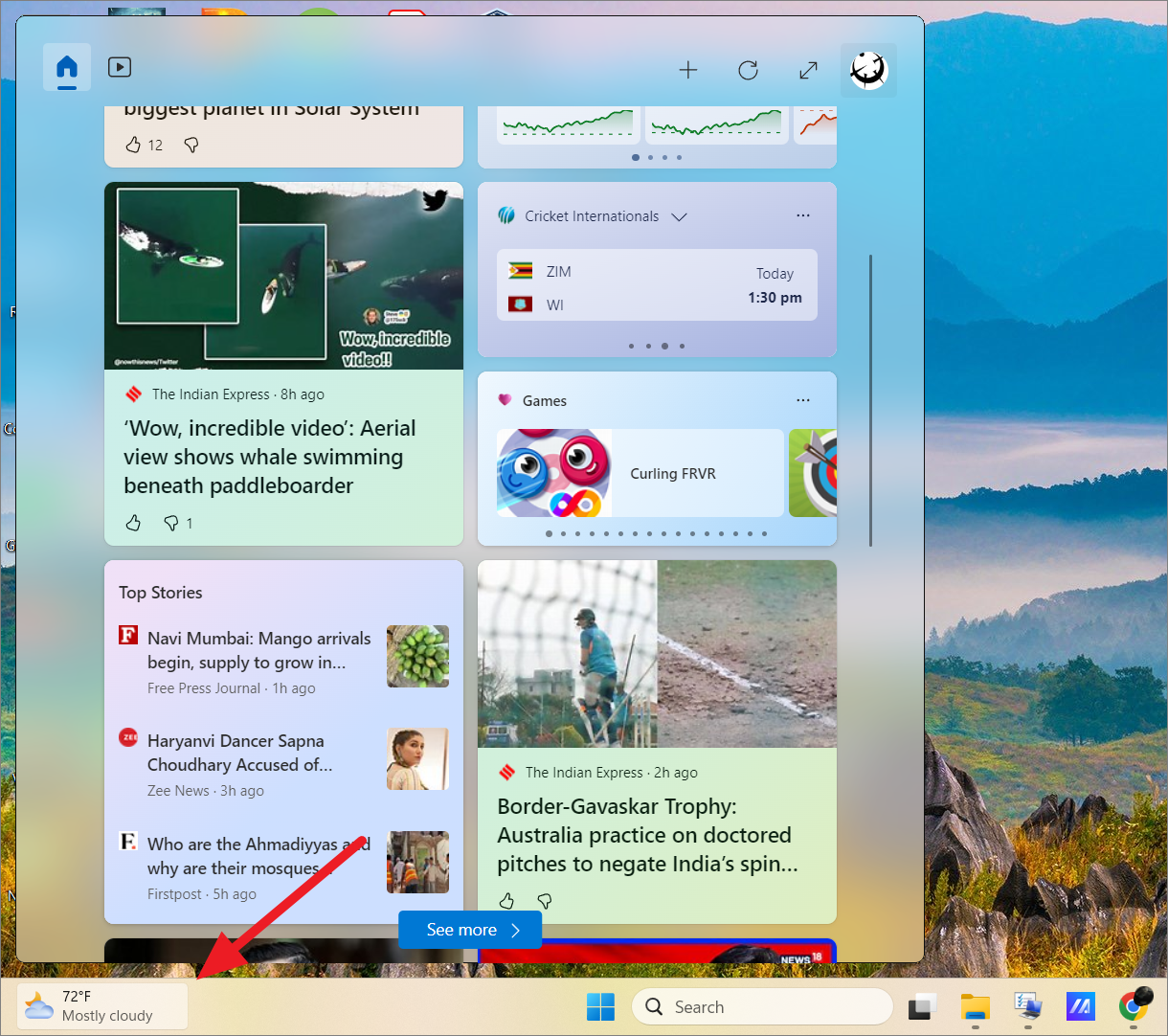
Step 2: In the Widgets board, click on the profile icon located in the top-right corner.
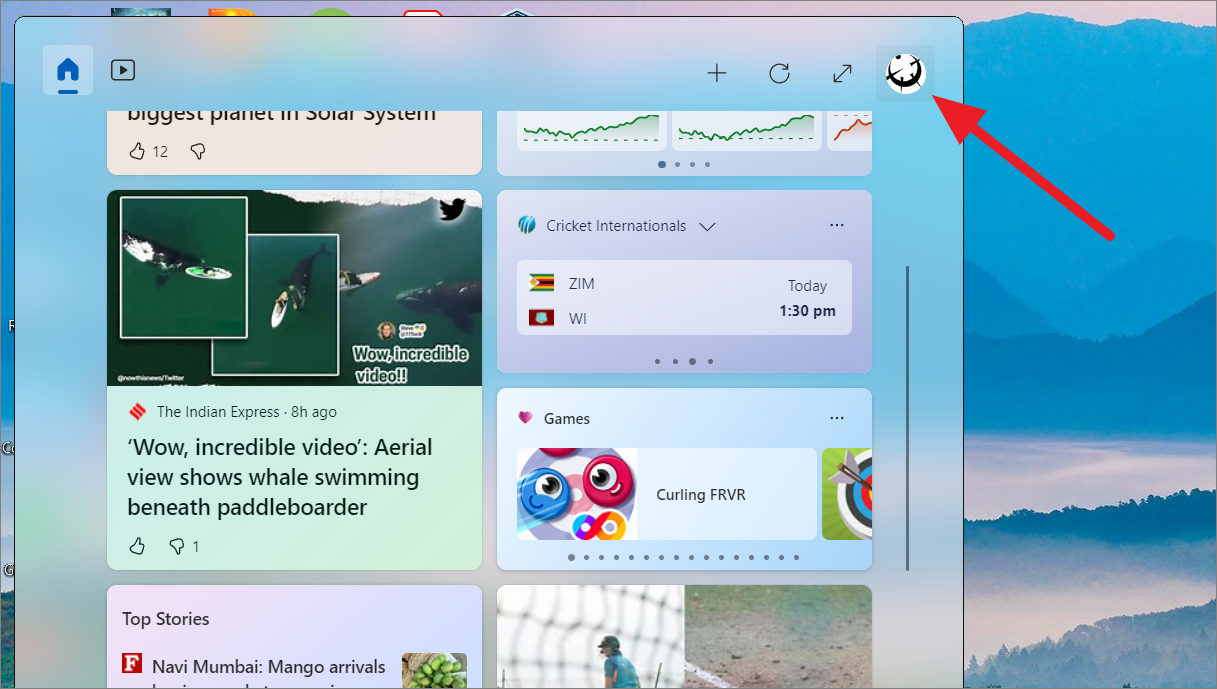
Step 3: Toggle off the Open Widgets board on hover option.

You can also disable widget notification badges and announcements by toggling off the respective options.
With these settings adjusted, the Widgets board will no longer open unintentionally when you hover over the icon, reducing potential distractions.
Depending on your preferences, you can choose to uninstall, disable, or simply hide Widgets in Windows 11 using the methods outlined above.






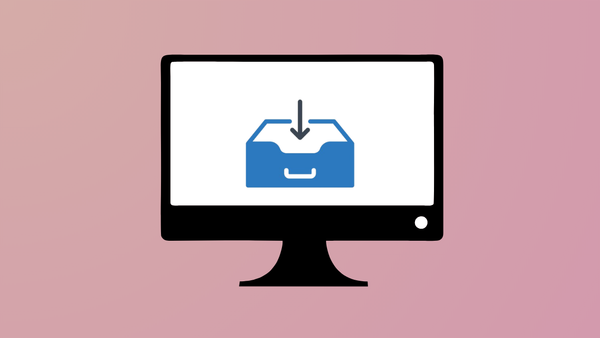

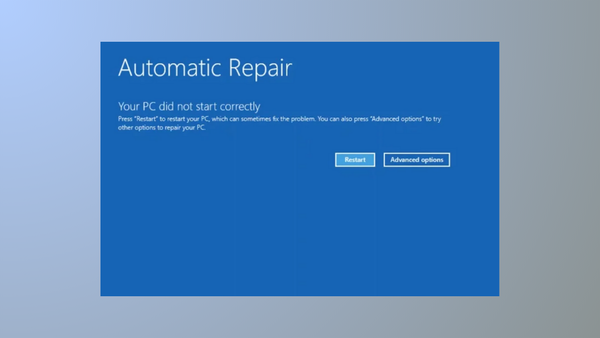
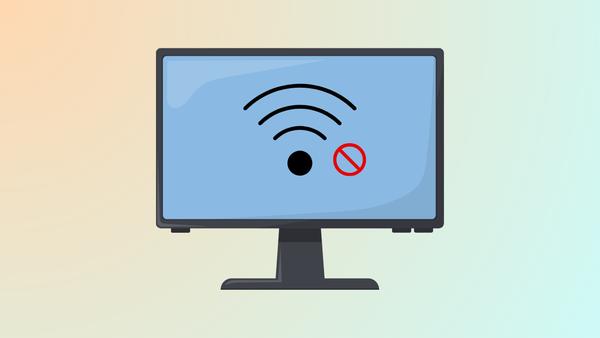

Member discussion